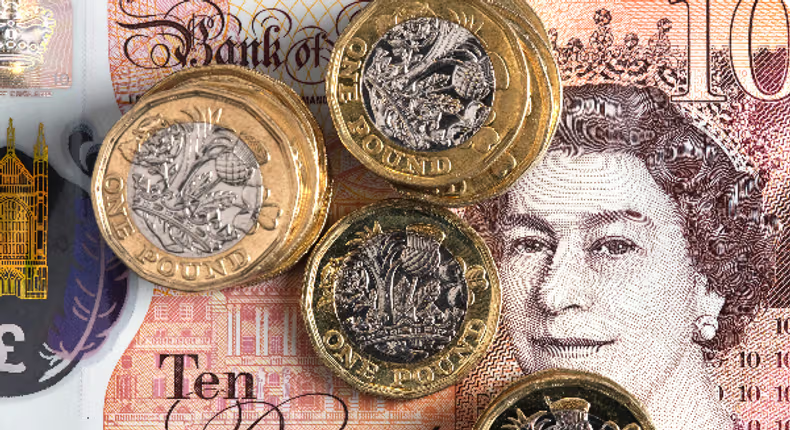Money has been a cornerstone of human evolution for over 5,000 years, adapting in form from objects to coins and banknotes. Its primary purpose has always been to facilitate the exchange of goods and services and to provide a means for storing wealth.
Early Forms of Money
Initially, societies used shell money (like shells or beads) and commodity money (such as salt, grain, and other tangible goods). These systems were prevalent among various cultures, from Indigenous tribes in the Americas to villages in Africa.
Approximately 3,000 years after the barter system emerged, the first coins were minted in early China and Europe. The introduction of banks shifted currency production from coins to banknotes, simplifying storage and transportation.
Modern Financial Innovations
The 21st century saw the rise of mobile payments, allowing individuals to transfer money easily using smartphones and tablets. This paved the way for virtual currencies, which operate independently of banks and regulatory authorities. Notable examples include Ethereum (ETH), Ripple (XRP), Tether (USDT), and Litecoin (LTC).
While the terms “money” and “currency” are often used interchangeably, they have distinct meanings. According to Investopedia, money is an intangible concept that manifests in tangible forms (currency). In simpler terms, money is represented numerically, while currency refers to physical items like coins, banknotes, and plastic cards.
The Oldest Currencies Still in Use
A recent report highlights the ten oldest currencies that remain in circulation today:
| Rank | Country/User | Currency | Introduced |
|---|---|---|---|
| 1 | UK + 9 British territories | British pound (pound sterling) | 8th century |
| 2 | Serbia | Serbian dinar | 1214 |
| 3 | Russia | Russian ruble | 13th century |
| 4 | U.S. | Dollar | 1785 |
| 5 | Haiti | Haitian gourde | 1813 |
| 6 | Falkland Islands | Falkland Islands pound | 1833 |
| 7 | Dominican Republic | Dominican peso | 1844 |
| 8 | Switzerland | Swiss franc | 1850 |
| 9 | Canada | Canadian dollar | 1871 |
| 10 | Japan | Yen | 1871 |
The British pound is the oldest currency still in use today, originating during the Anglo-Saxon period with the minting of silver pennies in what is now England. Following closely are the Serbian dinar and the Russian ruble, both introduced in the 13th century.
Conclusion
As global trade continues to expand, the concept of money will evolve, adapting to the needs of society. From ancient forms to modern digital currencies, money remains an essential element of human interaction and economic development

